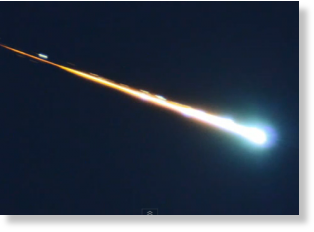The Globe wrote three stories at the time, each asserting that the pressure wave that led 200 people to swarm the Melrose fire station was caused by several airplanes breaking the sound barrier while flying too close to the ground.
But readers have questions about whether, technologically speaking, that could be the case. Steve Smith, an aviation buff, wrote in an e-mail that aircraft of the time were technologically incapable of breaking the sound barrier.
Smith wrote:
"In 1954 the United States had 2 aircraft in service that might be doing formation flying over land, the Lockheed P80 Shooting Star and the North American F86 Sabre. We also had some naval variants, such as the F9F Panther and Cougar. The first aircraft that could break mach-1 in level flight was the North American F100 super-sabre, but that didn't happen until some time in 1957 and only as a test aircraft.This squares with what John S. Lewis, a former professor of planetary science at MIT and an emeritus professor at the University of Arizona, has found in his research.
All these aircraft were incapable of exceeding the speed of sound at the time. Some rocket plane testing in the west did exceed the Mach 1, perhaps Chuck Yeager and the Bell X-1 comes to mind."
"A further reason to question the facile explanation is that such events have been documented as far back as we have newspapers," Lewis wrote in an e-mail. "I have found well-documented examples of the same phenomenon from 1823, 1894, 1904, 1922, 1926, 1928, etc. - all long before any supersonic aircraft existed. The frequency of such reports actually decreased after 1955, as it became fashionable to attribute all sonic booms to aircraft, whether seen or unseen."In the original 1954 Globe coverage, a Hanscom Air Force Base official told a reporter that the planes probably reached the critical speed at an altitude of 20,000 feet or less.
"Supersonic planes, still in the experimental stage, will leave a continuous wake of explosions behind them, one Air Force spokesman said," according to the Globe article. But the specific planes that caused the incident are never identified.
"From this I would either do a little more research into what really was flying around up there in 1954, but maybe, just perhaps what happened over Russia last week, also happened over the Commonwealth of Massachusetts in 1954," Smith wrote in his e-mail. "In that time frame, I'd say that was the most logical reason for the sonic boom."
What do you think? Anyone out there with knowledge of aircraft history or memories of the explosions over Melrose care to weigh in?




Reader Comments
to our Newsletter